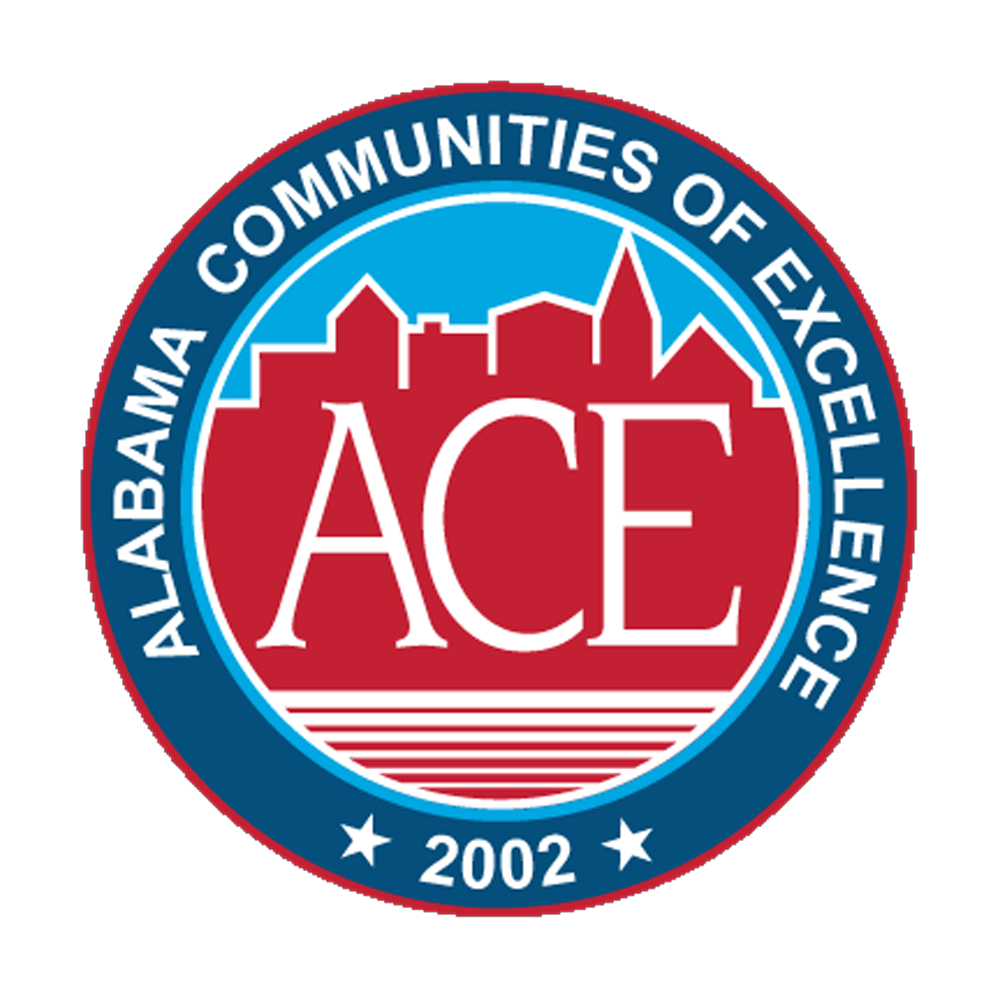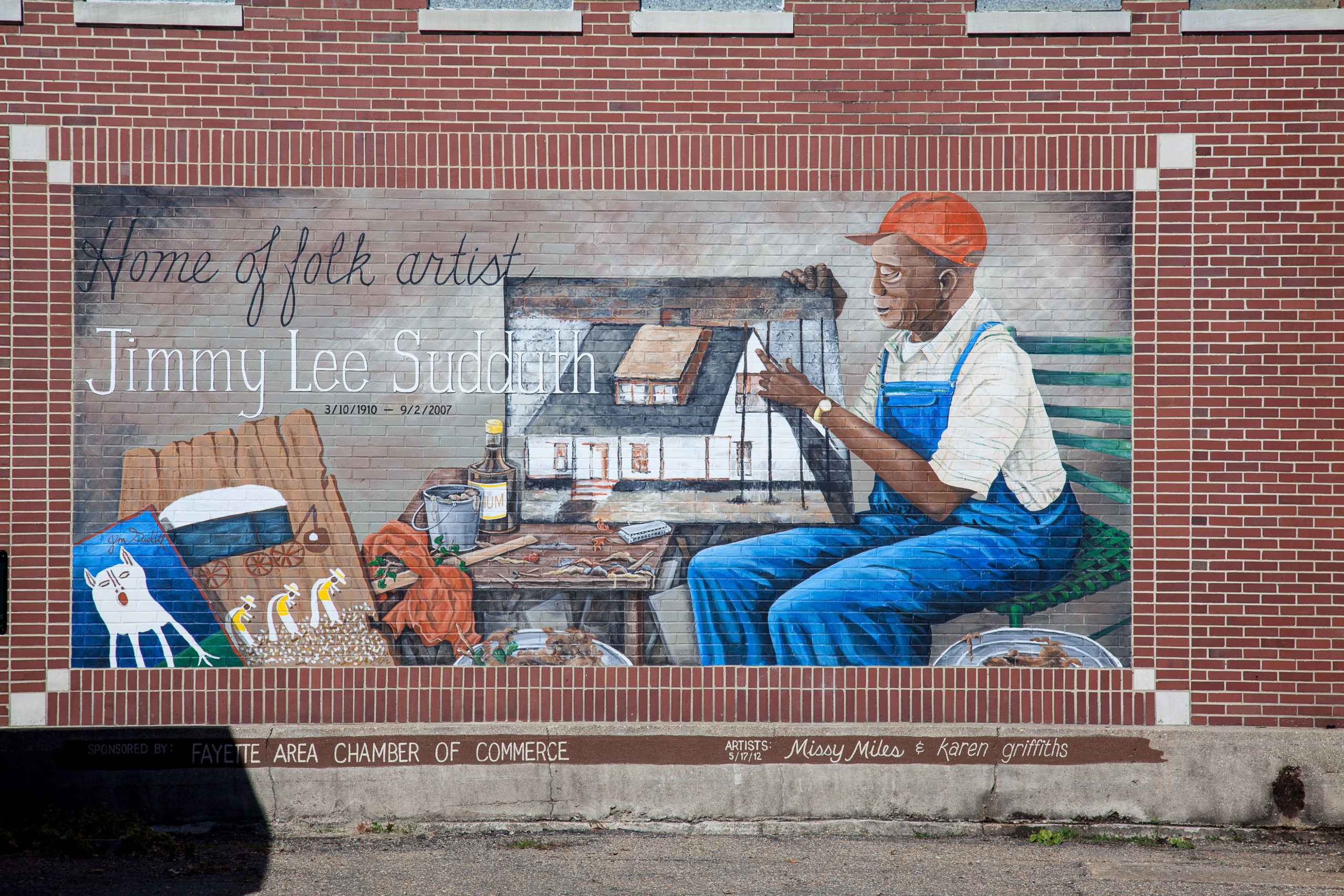Find a museum. There may not be a Louvre in Alabama, but we’re loaded with museums that hold fascinating objects, tell stories of the area and provide insight into things you can only find in a small community.
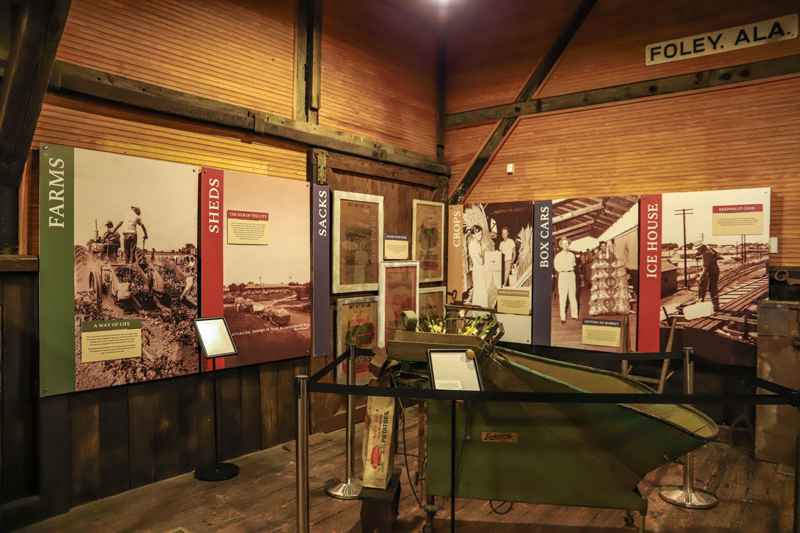
Take the Foley Railroad Museum. Built in 1909, the depot was the city’s hub of activity for over 60 years. Today, visit the historic depot to see photos, tools and memorabilia documenting Foley’s history and the important part the railroad played in developing this area. (125 E. Laurel Ave. Foley, AL 3653)
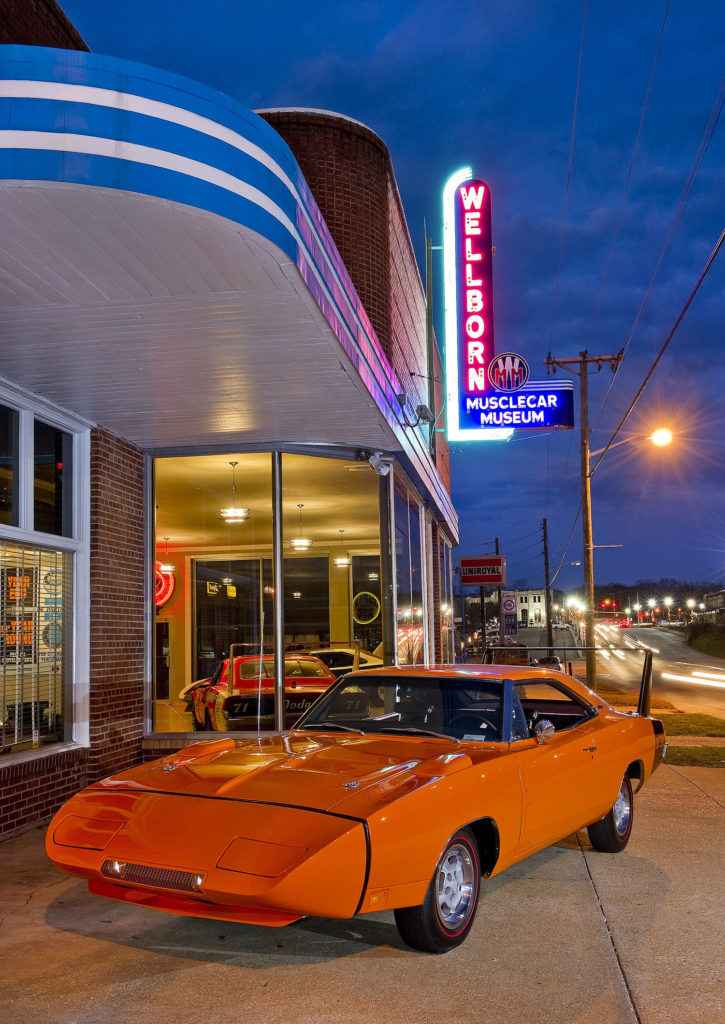
How about Alexander City’s Muscle Car Museum? Whether you are a car collector. A weekend car warrior, or someone that appreciates cool cars. The sights and sounds of the Wellborn Musclecar Museum will grab your attention! The Museum is constantly rotating through its inventory of amazing vehicles.
Kathryn Tucker Windham Museum, Thomasville. Celebrating the amazing life of Kathryn Tucker Windham, 1918-2011, who spent most of her career recording and preserving Alabama’s history and folklore. Coastal Alabama Community College in Thomasville opened the Kathryn Tucker Windham Museum with a celebration of her 85th birthday on June 1, 2003. The museum is dedicated to preserve her legacy as a journalist, photographer and storyteller.
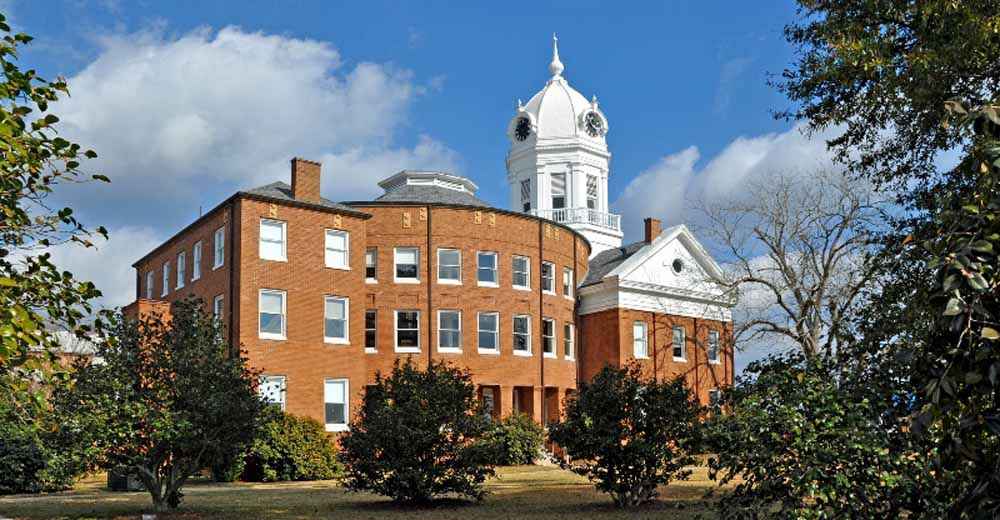
Monroeville’s Old Monroe County Courthouse is primarily known for its association with Monroeville writers Nelle Harper Lee and Truman Capote. The 1903 structure houses permanent exhibits on Lee and Capote, and draws over 30,000 visitors annually. Its gift shop, “The Bird’s Nest” offers a wonderful assortment of unique items relating to Monroeville and its literary heritage. Annually in April and May, the old courthouse is the setting for the “To Kill A Mockingbird” play, authored by the late Christopher Sergel. The production by an all – volunteer cast, “The Mockingbird Players”, plays to sold out crowds.
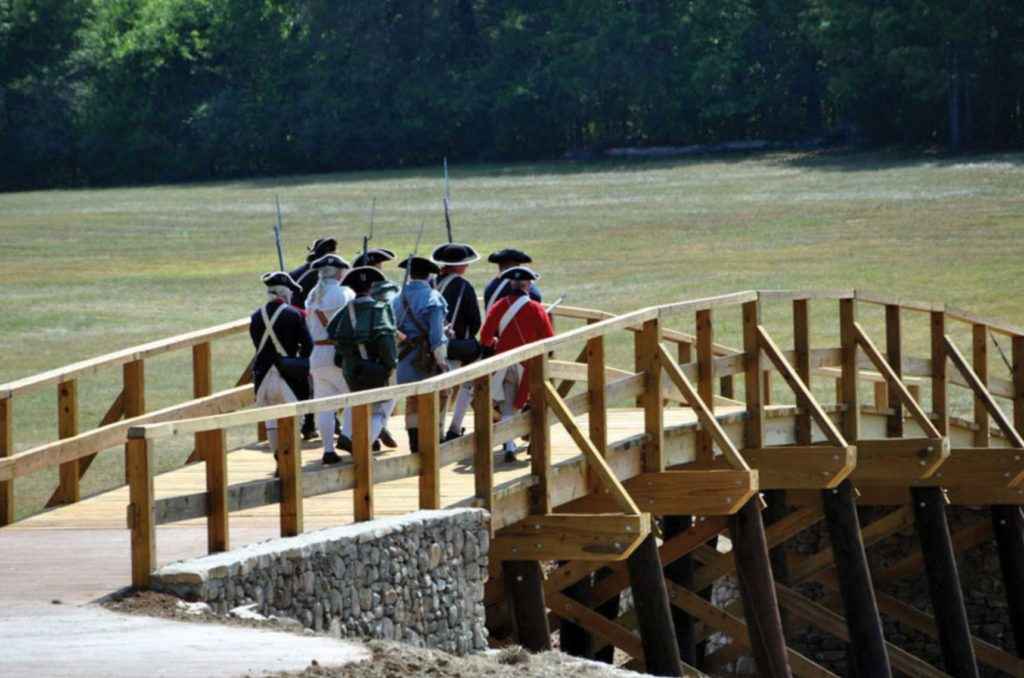
Montevallo’s American Village offers a chance to step onto the stage of an immersive experience. Visitors step onto the stage of American history and explore the ideals of American liberty and self-government. They experience colonial Boston, debate Patrick Henry’s Virginia resolves for independence, drill in Washington’s Army at Yorktown, and serve as delegates to the Constitutional Convention at Philadelphia.
How about a little time down on the bay? Fairhope’s Museum of History? The museum collects artifacts from Fairhope’s unique past, preserves them for future generations and educates through exhibitions and programming about “all things Fairhope.”
From Fairhope’s earliest residents, the Native American Indians, to the potters who were attracted to the abundant, high quality clay, to the Single Taxers looking to create their own Utopia, the museum provides an enjoyable and informative presentation of Fairhope’s interesting history.
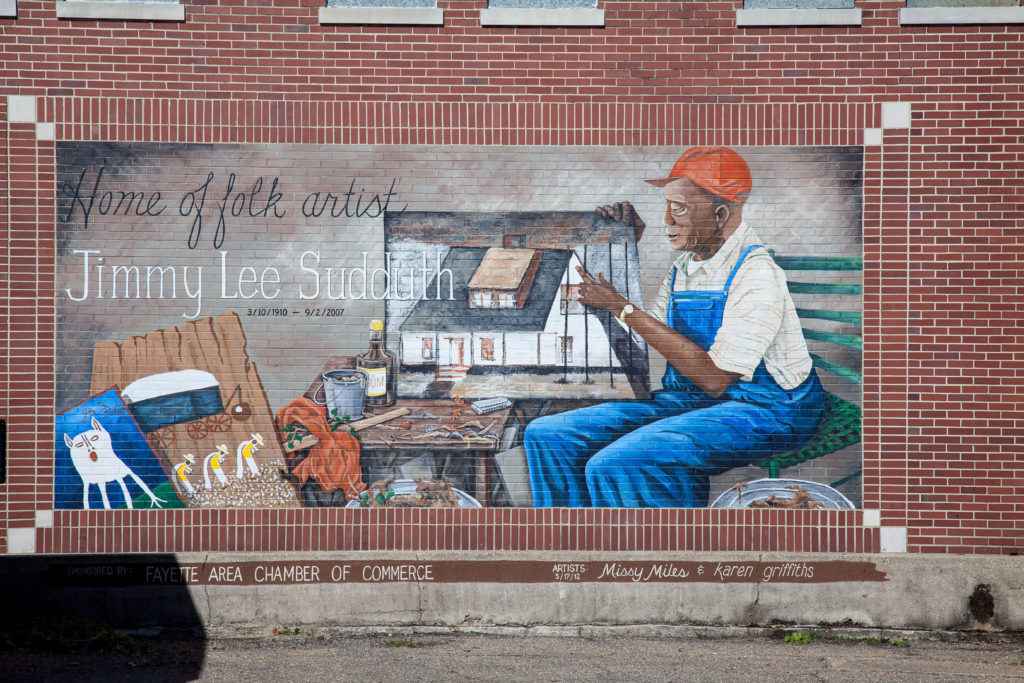
Perhaps a little folk art? Fayette’s Art Museum was founded in 1969 by the Fayette City Council and Jack Black, who was the Museum’s Director for 35 years. It began with a gift from Lois Wilson, a Fayette native, of her art collection, which ultimately totaled 2,600 pieces of her own and of other artists’ work. Wilson died poor and obscure in Yonkers, NY, in 1980 at the age of 75. Black, who died in 2004 at age of 79, shepherded the Fayette Art Museum from its fragile birth to its solid presence as an icon of Southern pride in its arts. Initially housed in Fayette City Hall, the museum is now located in Fayette Civic Center, originally the Fayette Grammar School, built in the 1930’s and restored in 1982. There are now over 4000 pieces in the permanent collection with over 500 running feet of display space on the main floor of the Civic Center and 6 folk art galleries downstairs, as well as a gallery used for the Director/Curator’s office.
Filed Under: Explore
